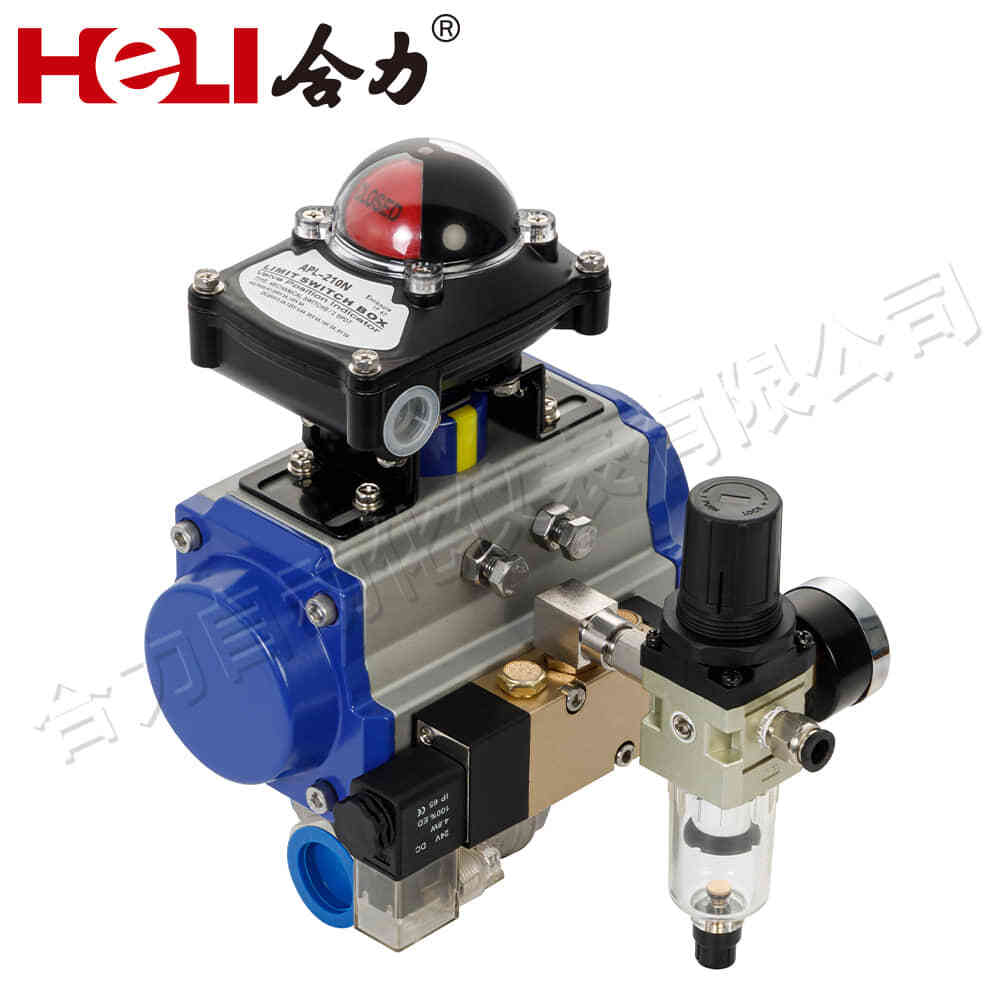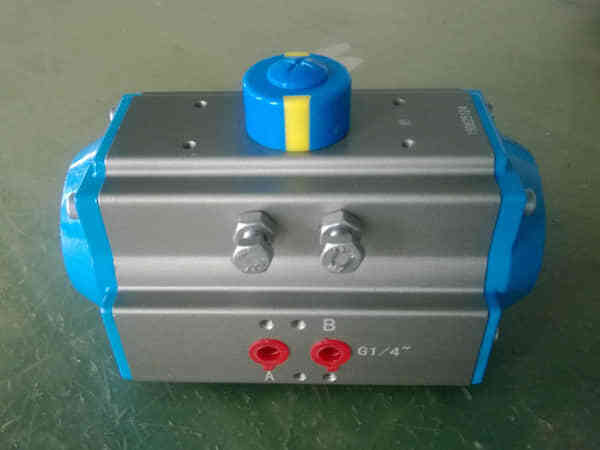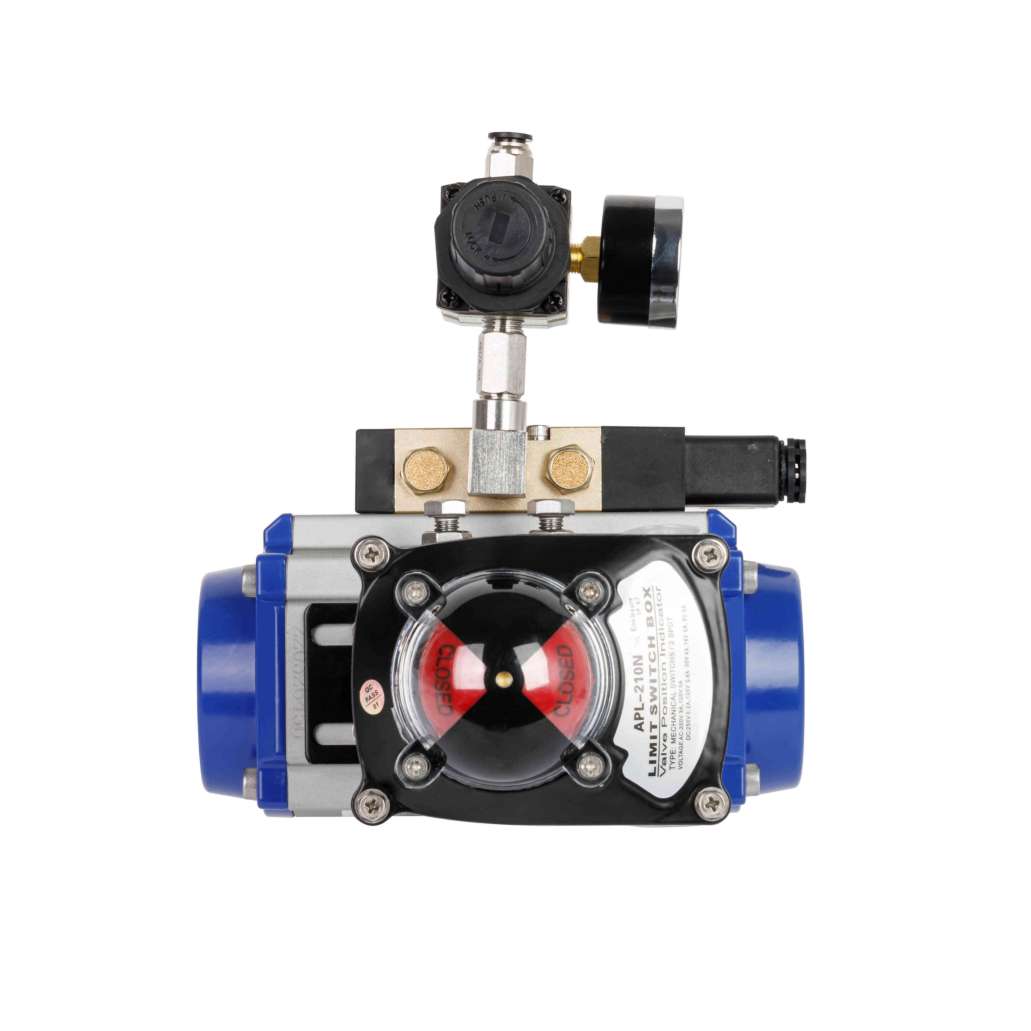
Pneumatic actuators play a crucial role in the automation and control systems used across a variety of industries. These devices convert compressed air into mechanical motion, enabling systems to perform a range of tasks with precision and efficiency. Pneumatic actuators are commonly used in applications requiring rapid, forceful movements, such as valve control, robotics, and industrial machinery. In this article, we will delve into the principles of pneumatic actuators, their different types, and the various industries that rely on them.

The Principles of Pneumatic Actuators

